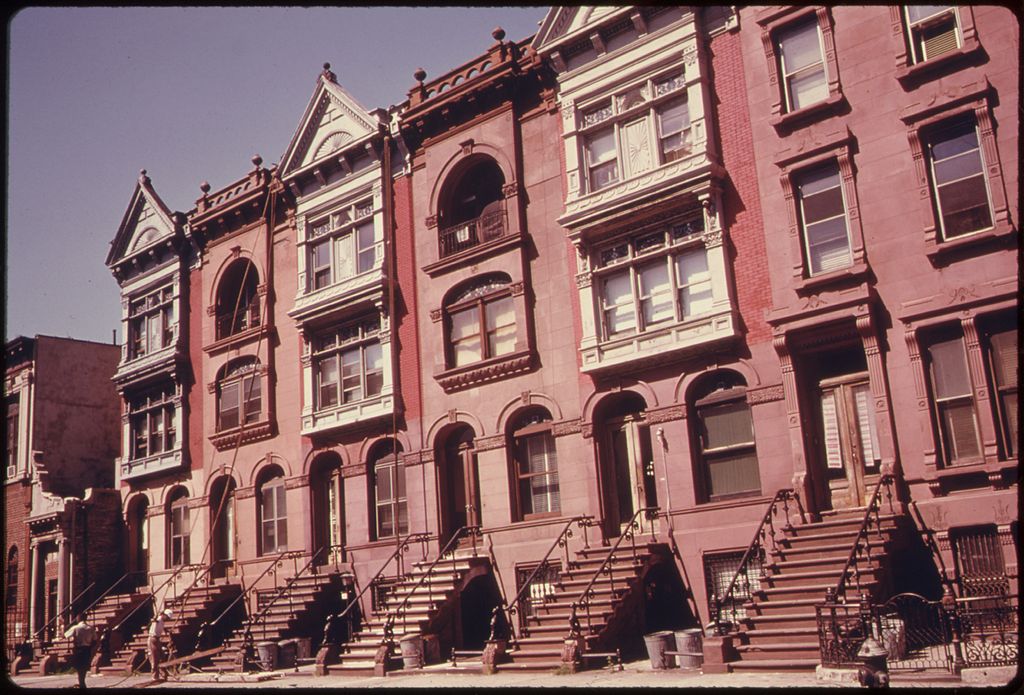Opinion. By Mike Collins-Williams, CEO West End Home Builders’ Association
Housing affordability — which is different than affordable housing — is a growing concern for the majority of Canadians. In recent years, we’ve seen home prices rise beyond a level most people can even fathom. It’s causing significant social distortion as young people are finding it harder and harder to get into the market, and older people are unable to find the right places to downsize into. Over the past few years, numerous research papers, including a recent one from Scotia Bank, have shown that one of the main causes of growing unaffordability is that we have not been building enough homes to keep up with our growing population. Through an influx of international talent and young students, our population in the Greater Golden Horseshoe is growing at a significant rate, but the number of new homes, condos, and apartments we’ve been building do not keep up. This is certainly true in Burlington and Hamilton. In fact — numbers were just released that Canada grew by over 400,000 people in 2021 —for the first time in Canadian history, Canada’s population growth rate exceeded that of the United States. This is an issue that can’t be ignored as it has a significant impact on housing prices. As Dr. Mike Moffatt puts it, the housing shortage has created a cruel game of musical chairs where there are too many people in the region chasing few homes.
As our population in the Greater Golden Horseshoe continues to grow, residents need somewhere to live. Recently, WE HBA was invited to provide our ideas to the newly created provincial Housing Affordability Task Force. The task force will provide the government with recommendations on additional measures to address market housing supply and affordability. WE HBA submitted several suggestions on how the province can expedite the delivery of new housing supply and address growing affordability concerns, but there are two things we could get started on here in Burlington now:
Enable “as-of-right zoning” for “missing middle” housing and proactively Designate land supply
In 2022, the City of Burlington is going to get started on their new Comprehensive Zoning Bylaw Review project. One of the key things we as a city should consider as this work proceeds is where we can proactively designate land for residential growth and intensification. We need to think beyond zoning for what we already have and consider modernized zoning for the future. One area of the city that is prime for this type of intervention is through as-of-right “missing middle” zoning permissions that would allow for multi-family residential developments of up to four storeys in all neighbourhood contexts. This would be a bold step Burlington can take to allow for gentle density and more housing options within the vast areas of Burlington that are currently zoned for only single detached housing. The City of Burlington should also look at our busier collector and arterial Allowing for these types of walk-up, low-rise apartments, duplexes, triplexes, and quadplexes in our existing single-family neighbourhoods can be a key piece of the puzzle to provide more options and help alleviate the affordability crisis. roads and consider additional proactive zoning to allow for six storeys of residential housing opportunities and potentially include ground floor retail to create more mixed-use options throughout the city.
Rethink minimum parking requirements
Burlington currently requires developers to provide a minimum number of parking spaces per residential unit built throughout most of the city. Providing residential parking spaces is very expensive. In denser areas, creating an above-ground parking structure costs about $30,000 per space, whereas underground parking costs even more, at up to $80,000 per space depending on the depth of excavation, water table and soil conditions. This is a significant cost that gets passed onto homebuyers (or renters). Requiring minimum parking standards (which can exceed market demand) makes little sense for developments near transit, where most of Burlington’s future growth is planned to be along the Lakeshore GO line. It also encourages car dependency in a society that increasingly utilizes “car sharing” apps and is trying to reduce our GHG emissions. The high cost of parking should not be embedded into the cost of new housing through regulations where the parking supply exceeds market demand. As we plan the future of our city, rethinking how much parking we actually need to provide can help with affordability and a number of various city-building objectives.
There is no silver bullet solution to the housing crisis we find ourselves in. We all need to work together — the private sector, the non-profit sector, and all three levels of government. In addition to the two areas mentioned above, the City of Burlington, through their housing strategy, is looking at whether inclusionary zoning is a tool that could help Burlington provide more housing. How that tool gets implemented will be key to our success. If we as a community care about providing housing in Burlington for all income levels, then we all have an undeniable role to play. The costs of an inclusionary zoning policy should be shared between the public and private sector with some support from the broader tax base, where we all collectively share in the costs of constructing below-market subsidized housing options. If we don’t design the program properly, such a policy tool could have unintended consequences of not actually yielding many affordable units and can backfire by increasing the cost of entry-level market housing for first-time buyers and renters. This burden should not just be on new home buyers, but on everyone from a shared tax pool that can support the costs of an inclusionary zoning program. So far, WE HBA has appreciated the spirit of collaboration between our association and the City of Burlington. We’re very hopeful that as Burlington continues to develop the policy, we will continue to work together to ensure we’re all rowing in the same direction to create a policy that produces mixed income communities while ensuring the economic viability needed to create more housing for all current and future Burlingtonians.
Finally, it’s important to keep in mind that the vast majority of Canadians have their housing needs met through the private market. When the housing market is functioning well, it should have the right mix of housing choices and supply that is able to address all residents’ shelter needs through their full life cycle. A properly functioning housing system should provide stability to both renters and owners, at prices people can afford and in the choice that meets their needs. Solving market rate housing affordability concerns is an important step to deliver solutions across the full housing spectrum. As such, WE HBA’S recommendations and proposed solutions for housing affordability have placed a strong emphasis on ways to break down many barriers to the efficient delivery of new private market housing supply in the locations where Burlington has existing services and infrastructure.
Mike Collins-Williams is a Registered Professional Planner with extensive experience in the new home-building and development industry. Mike is the CEO of the 300-member West End Home Builders’ Association and is a member of the Ontario Professional Planners Institute and the Canadian Institute of Planners.





